Ian Waelder
etHALL gallery, Barcelona
by Luisa Del Prete
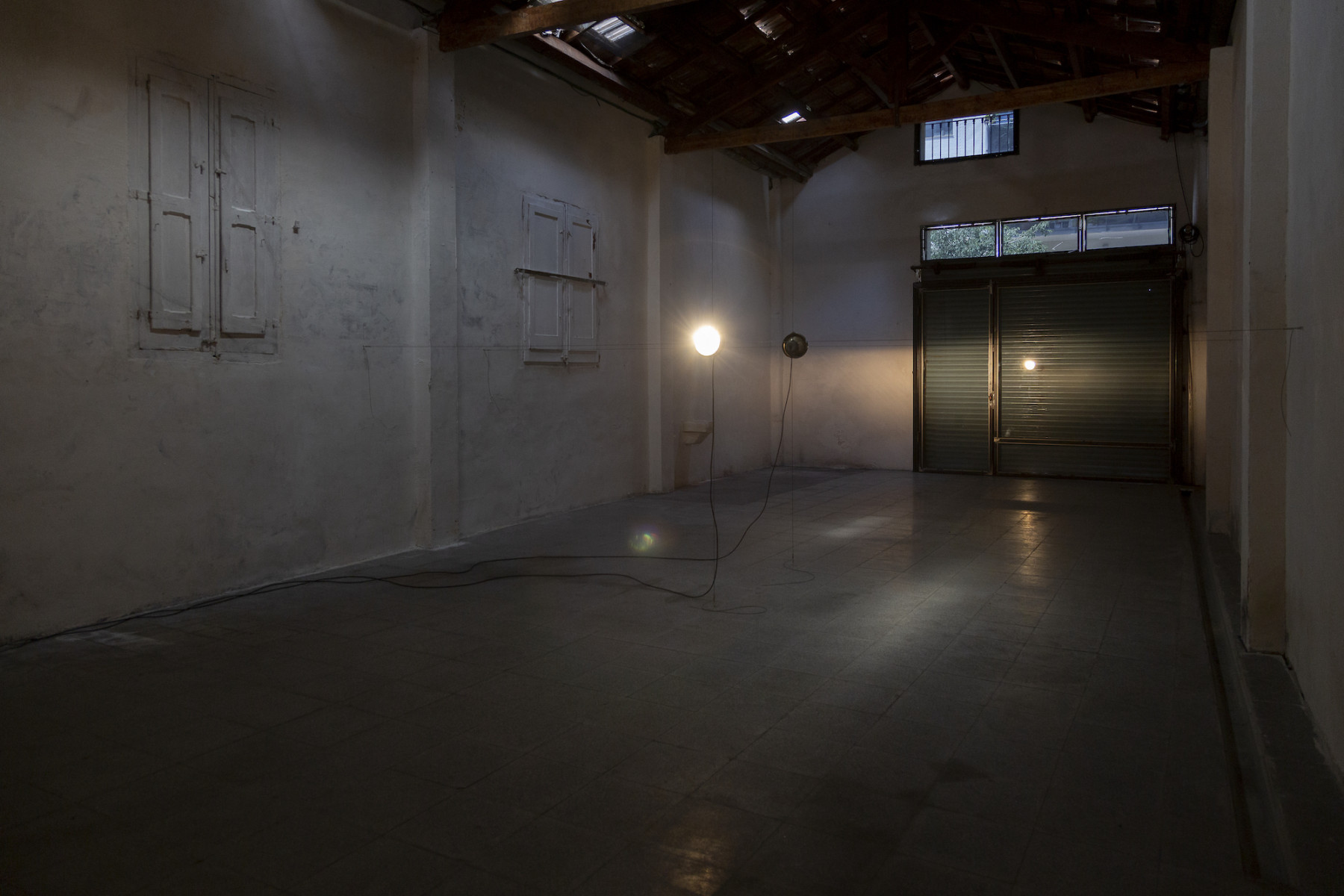
Ian Waelder, From time to time, 2022. Installation view, Is it like today? ethall gallery, Barcelona. Photography: Juande Jarillo and Eva Carasol.
A common warning in the practice of art history is not to get too hung up on an artist’s biography. Artists have told the wildest tales about their lives: From made-up stories about Tartarian salvation (Beuys) to white lies about their age (Kahlo)– artists are not to be trusted entirely. That being said, in Ian Waelder’s solo exhibition “Is it like today?” at Barcelona’s ethall gallery, there seems to be no way around the biographical, which plays a prominent role in the multimedia installations. So maybe, in this case, it makes sense to go down that road. Because while piecing together his own fragmented family tree, Waelder addresses important issues of reconciliation.
The show takes place in Santa Eulalia, a district of Hospitalet de Llobregat. I initially mistook the building for an abandoned auto shop, another victim of the ravages of Covid on Spain’s economy. The wall-size front window is shuttered, the street is empty. Entering the first of two rooms that comprise the show, I’m immediately blinded by a light directed towards the door and casting a yellow glow onto the white wall facing it. Another light reflects from the shuttered glass of the building’s front panel. At first, the illumination source seems nebulous, as my eyes strain to accommodate the gradations of light and darkness. After adjusting to the sudden shift in brightness, I can make out two unrigged headlights of an old 1935 model of an Opel Olympia, part of the installation From time to time (2022). The lamps seem to hover aboveground, mounted to the walls by four cords forming a cross, thus splitting the room and obstructing our path through it. Their height is fixed to correlate with Waelder’s, and they’re set up in direct opposition to each other, resulting in a sense of visual disorientation.
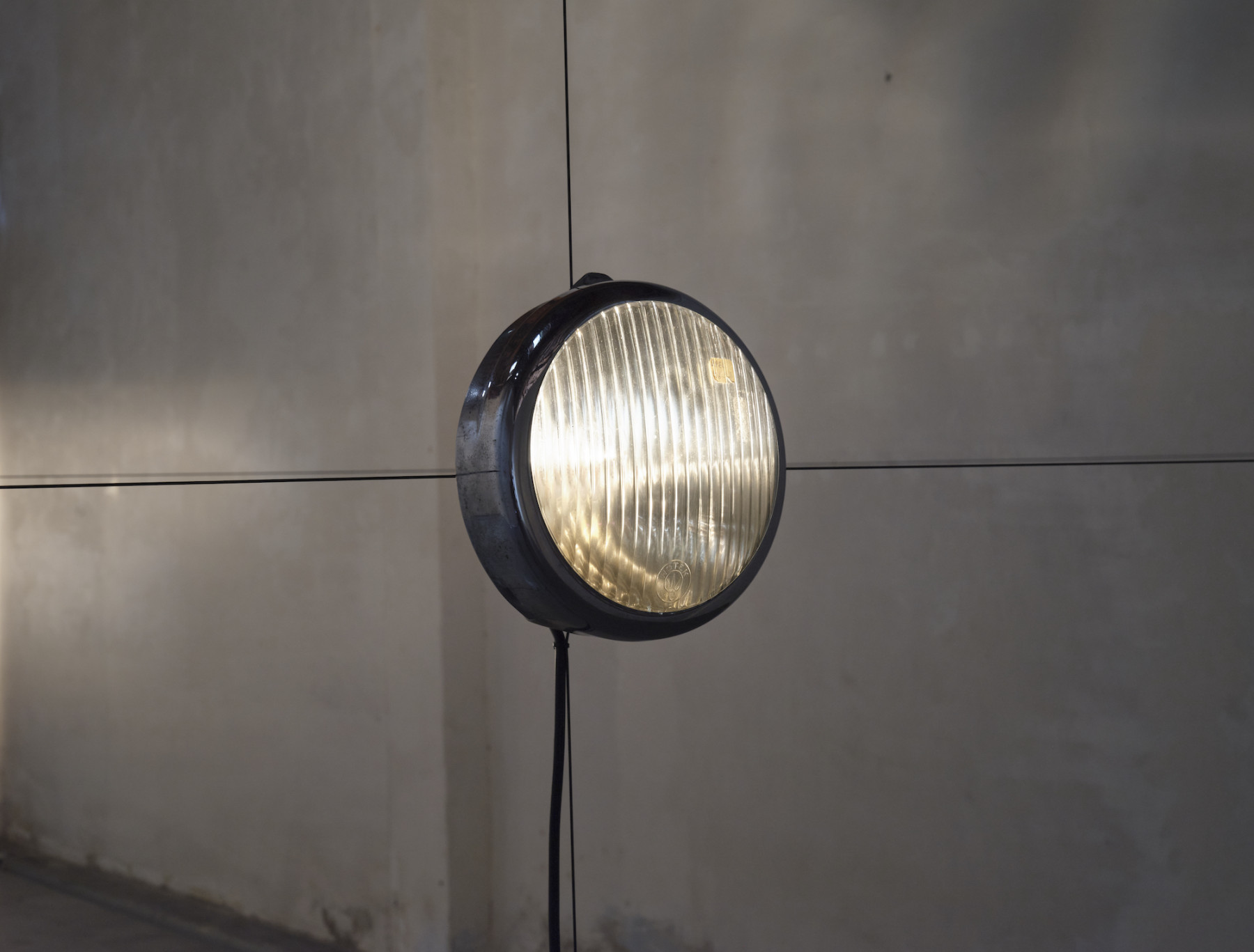
Ian Waelder, From time to time, 2022. Installation view, Is it like today? ethall gallery, Barcelona. Photography: Juande Jarillo and Eva Carasol.
Adding to the sensory and spatial confusion, the artist whistles a breathy tune from small speakers on the ground. With time the sound becomes penetrant. Echoing from the gallery’s walls, it seems to be coming from right behind me, following my every step and filling the otherwise sparsely populated space. Hummed from memory, As far as I can remember (2022) consists of a music piece of Federico Waelder, the artist’s paternal grandfather.
Only known to Waelder through family lore, the artist found out more about his grandfather via archival research and by conversing with historian Wolfgang Kress. Federico Waelder was born into a Jewish family living in Stuttgart in 1918. After graduating from trade school (Handelsschule), he decided to focus on a musical career and went on to a conservatory. As the rise of Nazism in Germany made it impossible for people of Jewish descent to participate in the cultural ongoings, he made ends meet as a mechanic. Following the Night of Pogroms in 1938, Federico Waelder was arrested and taken to KZ Welzheim. He managed to escape shortly after. Before being coerced into exile by the Gestapo, Federico Waelder, like other Jewish people, was forced to relinquish ownership of his valuables. That included the family car – an Opel Olympia – which he was able to sell, though at a fraction of its value. With that money, he fled to Chile, where he established a reputation as a pianist and photographer. He was the only family member to survive the Shoah.
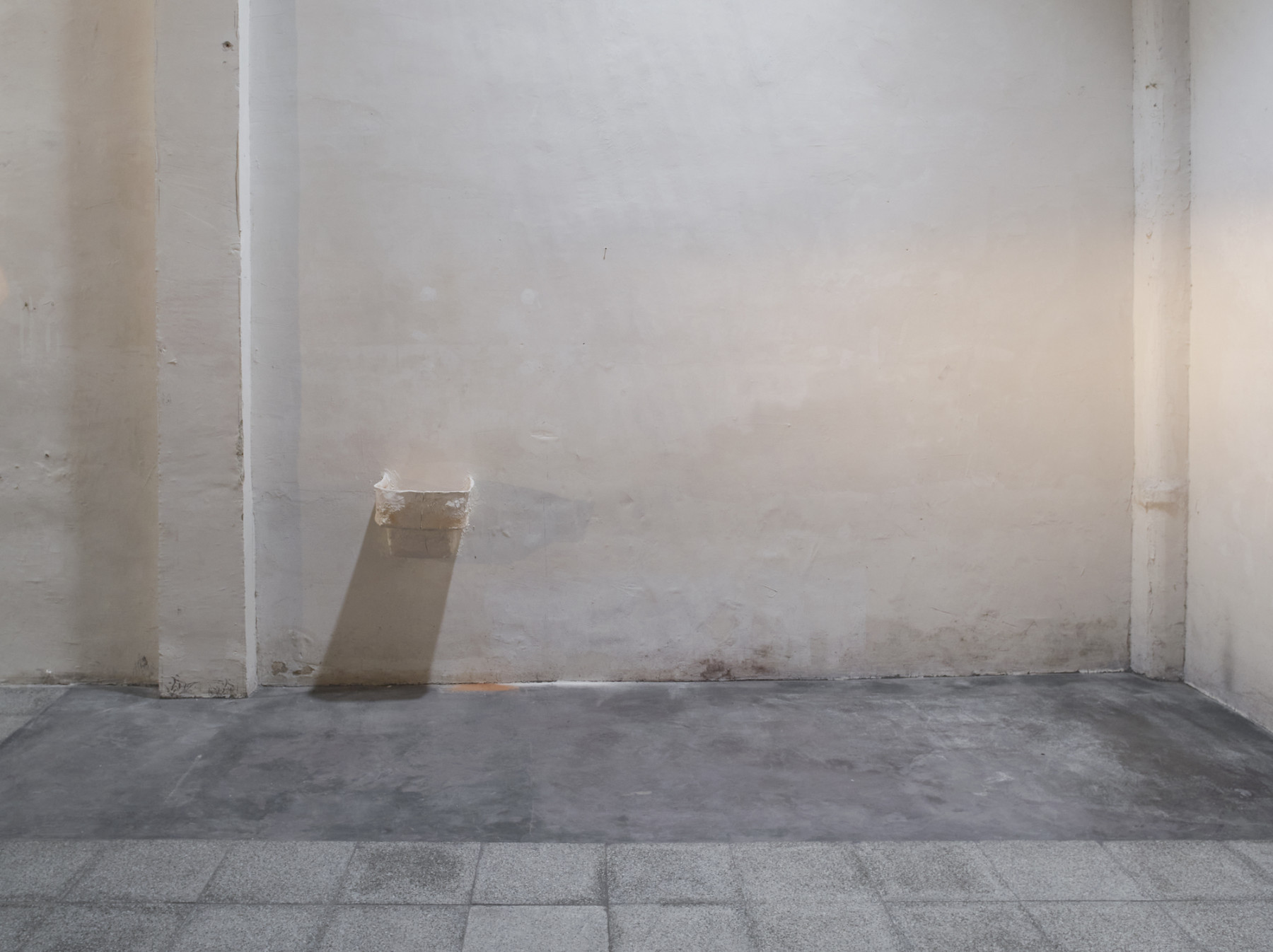
Ian Waelder, From hip to fingertip (Opel upside down), 2022. Installation view, Is it like today? ethall gallery, Barcelona. Photography: Juande Jarillo and Eva Carasol.
From hip to fingertip (2022) juts out from the wall. It appears to be a fragile sink made out of plaster lime and bears the marks of its making. Raw imprints dissolve on the material. The creamy white colour of plaster lime is left unrefined. The inside exposes a brownish-tangerine colour: spoors of clay, indicating that it used to contain something else which has been removed. But not only the physical body seems to construct this installation. Again, Waelder seems to have carefully taken into account the play of light and darkness. With the assistance of shadow, the installation has grown a lower body, making it look like a cartoonish version of skewed legs squeezed together. What I have taken for a sink has now transfigured into a puffed-out stomach.
Facing the shapeshifting lavabo, a single nose with a prominent tip, propped up at the artist’s height, pokes out from the wall. The manner of production suggests it was made in the same fashion as the companion installation. The surface is rough and bears the traces of hands. The segue from nose to wall is brittle. Its shadow constructs an elongated and hooked version of itself. A nose is a nose is a nose (2022), a play on the writer Gertrude Stein’s famous line, again indicates a plurality of embodiments. Whereas From hip to fingertip is experienced sensually, here the title of the work establishes the multitude of its make-up. While following this train of thought, I came to see that the nose is not only an organ used to sense smell. It also represents the Waelder family nose. And while not only being a family nose, it can be read as a reference to a caricatured Jewish nose, a well-known antisemitic trope, as its silhouette resembles the beaked and bulbous noses characteristic of that type of propaganda.
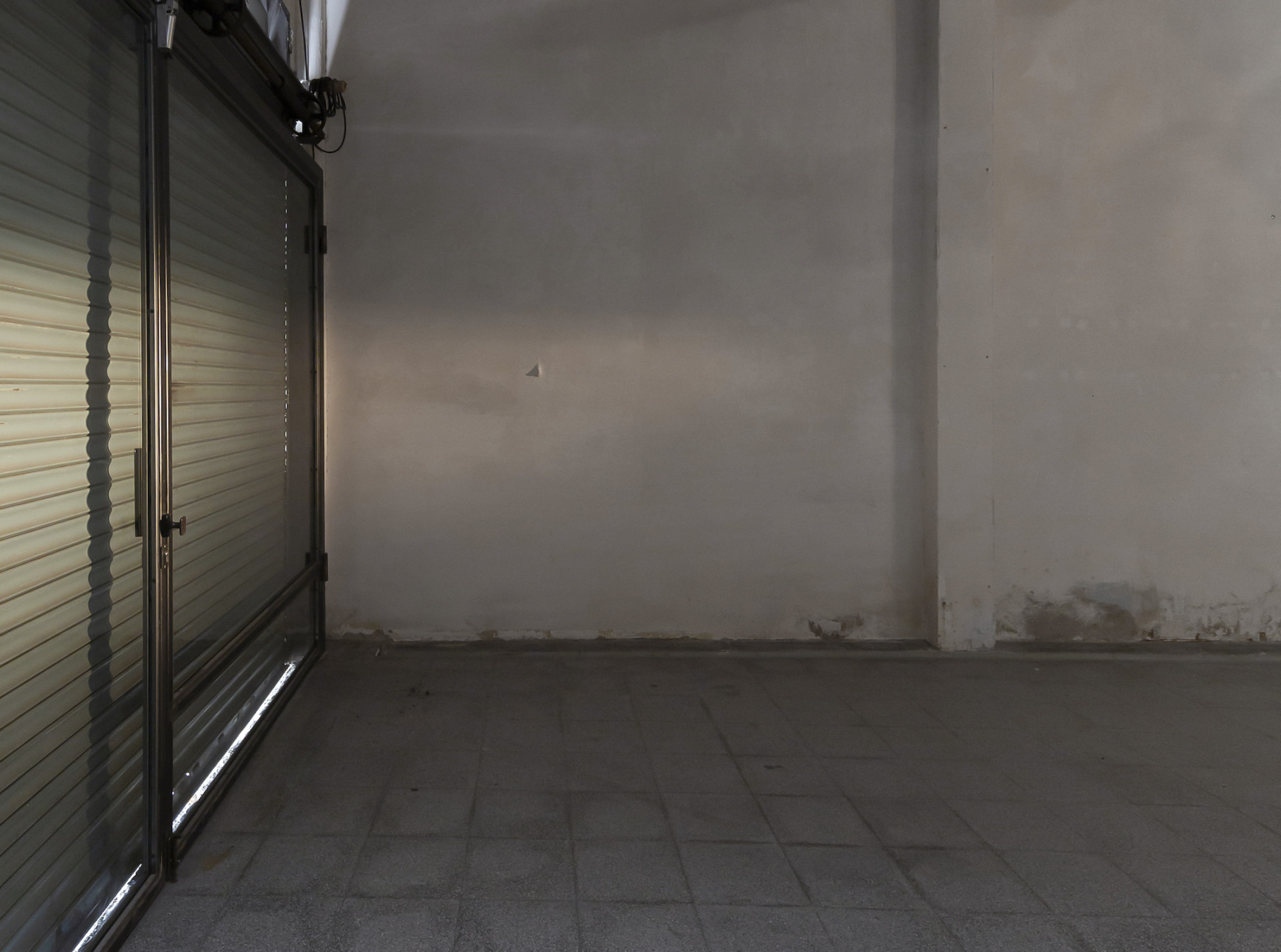
Ian Waelder, A nose is a nose is a nose, 2022. Installation view, Is it like today? ethall gallery, Barcelona. Photography: Juande Jarillo and Eva Carasol.
Before leaving for the second part of the show, I go by To handle with care (Bare hands #01) (2022), placed next to the door and consisting of a black and white picture of a hand the artist cut out of a manual for the Opel Olympia. In its former context, the hand was meant to hold different car parts to visualise the manner of repair. Now it has been depleted of its previous function, and leaves that which was lost in the process as a blank space. Waelder turned it into an empty shell, so to speak, thereby connecting it to the sink. As I will come to see later in the show, it also bears a resemblance to another hand locked into a cupboard.
It's as if somebody hung up a big map on the wall and slowly started connecting the different spots with red thread. The sink, the headlights, the nose, the hand: Waelder replicates the works on display and gradually the body of work gains clarity. Using spatial and sensory means for manipulation, Waelder also contorts the objects and directs us to events concerning his family history. For me, it links to the archival work done by the artist in tracing the ancestral tree. A process that involves pieces of information being put together little by little, therefore adding to the bigger picture.
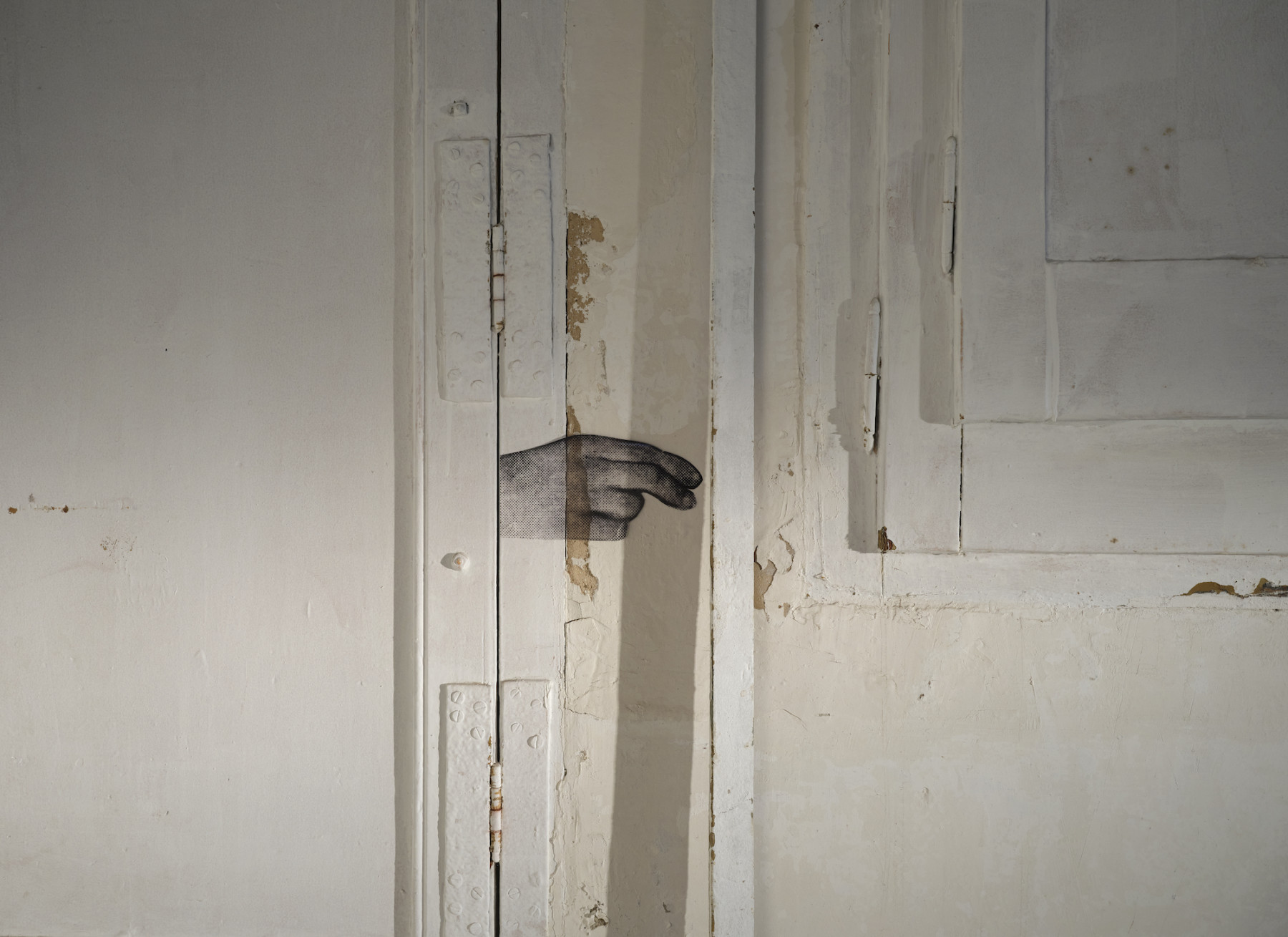
Ian Waelder, To handle with care (Bare hands #01), 2022. Installation view, Is it like today? ethall gallery, Barcelona. Photography: Juande Jarillo and Eva Carasol.
You who are the stranger (Torso) (2022) escalates the analogy. Its white, grubby body is erected vertically in the centre of the space and stands on what seems to be grey metal drawers taken from a filing cabinet. I take this as a further hint pointing to the archival work involved in bringing light to Waelder’s family history. It is split through the middle into two parts and opens to opposite sides. Inside the upper part, I recognise the sink, now posing as an abstract sculpture. Looking closely, its resemblance to the front part of a car becomes apparent. I envisage the hood and headlights which protrude from the body, typical for older car models. Observing the cast from the right-hand side reveals the hollow interior, again – as with the sink – showing traces of clay on its inner surface. As the title indicates, the object has become estranged. But it is not only to the physical status quo that the title refers. While learning about his grandfather’s past, the artist stumbled upon an old photograph showing Federico Waelder with his Opel Olympia, which, following his deportation by the Nazis, he was forced to trade in for his escape to Chile. By filling the column with traces of this family member the artist only got to know through retelling, the work again speaks to the notion of eradicating the unfamiliarity of his grandfather.

Ian Waelder, You who are the stranger (Torso), 2022. Installation view, Is it like today? ethall gallery, Barcelona. Photography: Juande Jarillo and Eva Carasol.
The lower part continues as an act of family reconciliation. Visually, it differs in the placement of a single photograph plastered onto the left inner plank. A black and white picture taken in the studio of Juan Waelder, the artist’s father. His hand reaches into the picture from the left edge, cutting the image in two. Here is the resemblance to the cut-out hand next to the entrance in the first room. Again, this hand bends as if holding something. Again it is only the gesture and a fragment of a larger body. The cast of the car, now covered in silicone, is parked on a table and takes up the lower half of the photograph. Parts of a bookcase filled with hefty art monographs and segments of a white wall cover the upper section. The grainy quality of the photograph evokes a snapshot taken in motion, a tender commemoration of the communal work done by father and son and a symbolic tracing of the family tree: The Opel Olympia links grandfather to father to son. What has been taken away by force has now been reclaimed and rebuilt by their own hands.
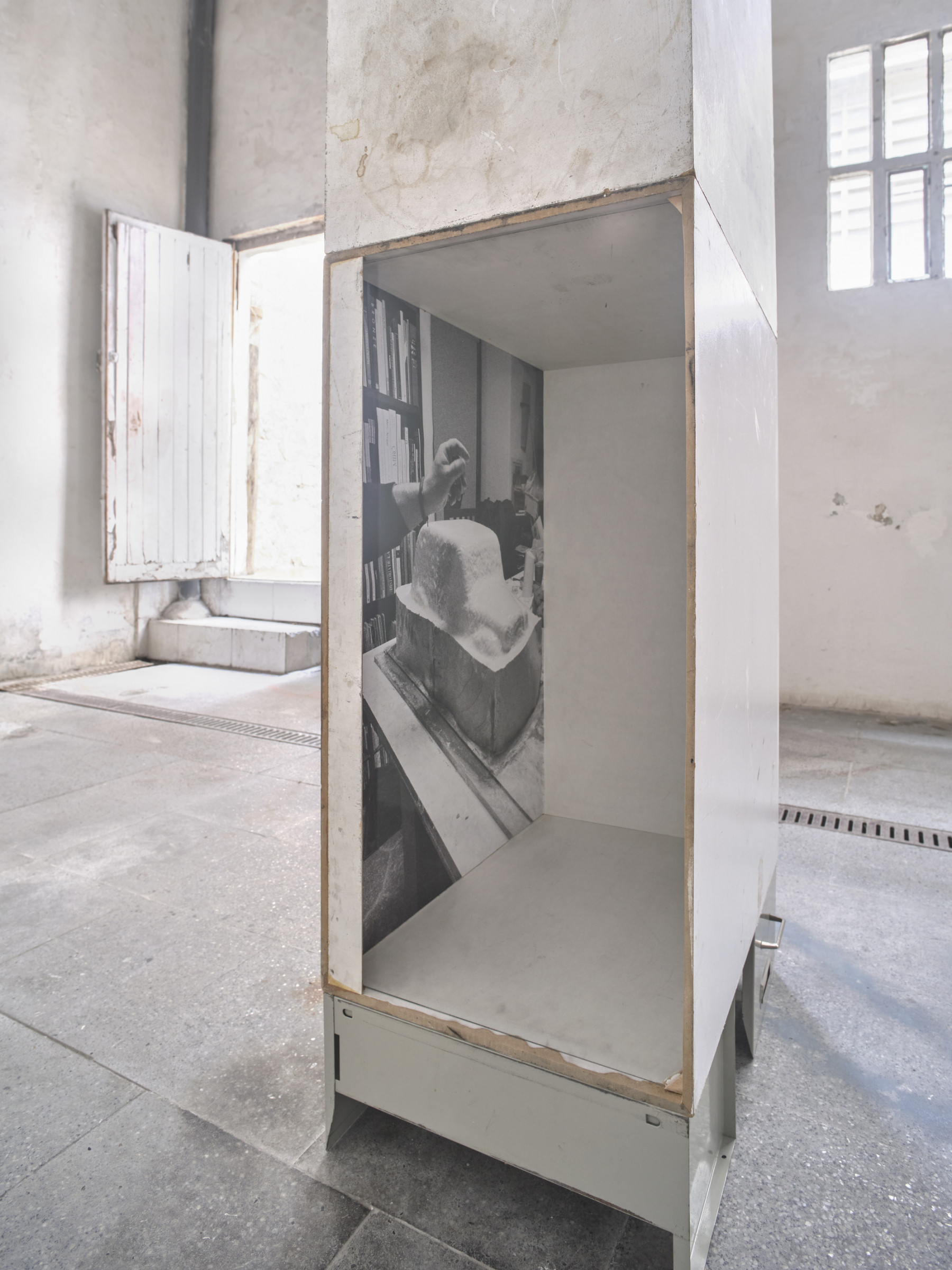
Ian Waelder, You who are the stranger (Torso), 2022. Installation view, Is it like today? ethall gallery, Barcelona. Photography: Juande Jarillo and Eva Carasol.
Another photograph is hung next to the door. It shows a black and white picture of Monstera leaves, implanted in a white frame, then again nestled in green outlines. 1993 – (05#) (2022) gives the appearance of being made by accident, like a pocket dial call but with a camera, since its gauzy appearance leaves most of the image unfocused. The leaves are fragmented. Due to the lighting, they resemble the shiny surface of faded, high-quality leather. The actual plant was a gift given to Waelder at birth by friends of the family. The title refers to the fact that it is still alive, and, as Waelder told me, still cared for by the artist’s parents.
While I conclude my walk through the exhibition, the puzzle begins falling into place. Waelder worked through his ancestral history by digging out documents from archives, talking to historians and listening to his father. He salvages the knowledge about his grandfather’s story from oblivion, collects anecdotes and slowly the stranger becomes familiar. The works on display resemble this process. As I am slowly led through the findings, I have to piece together the information myself, and what I see before me is a family tree, taking the form of a Monstera plant.
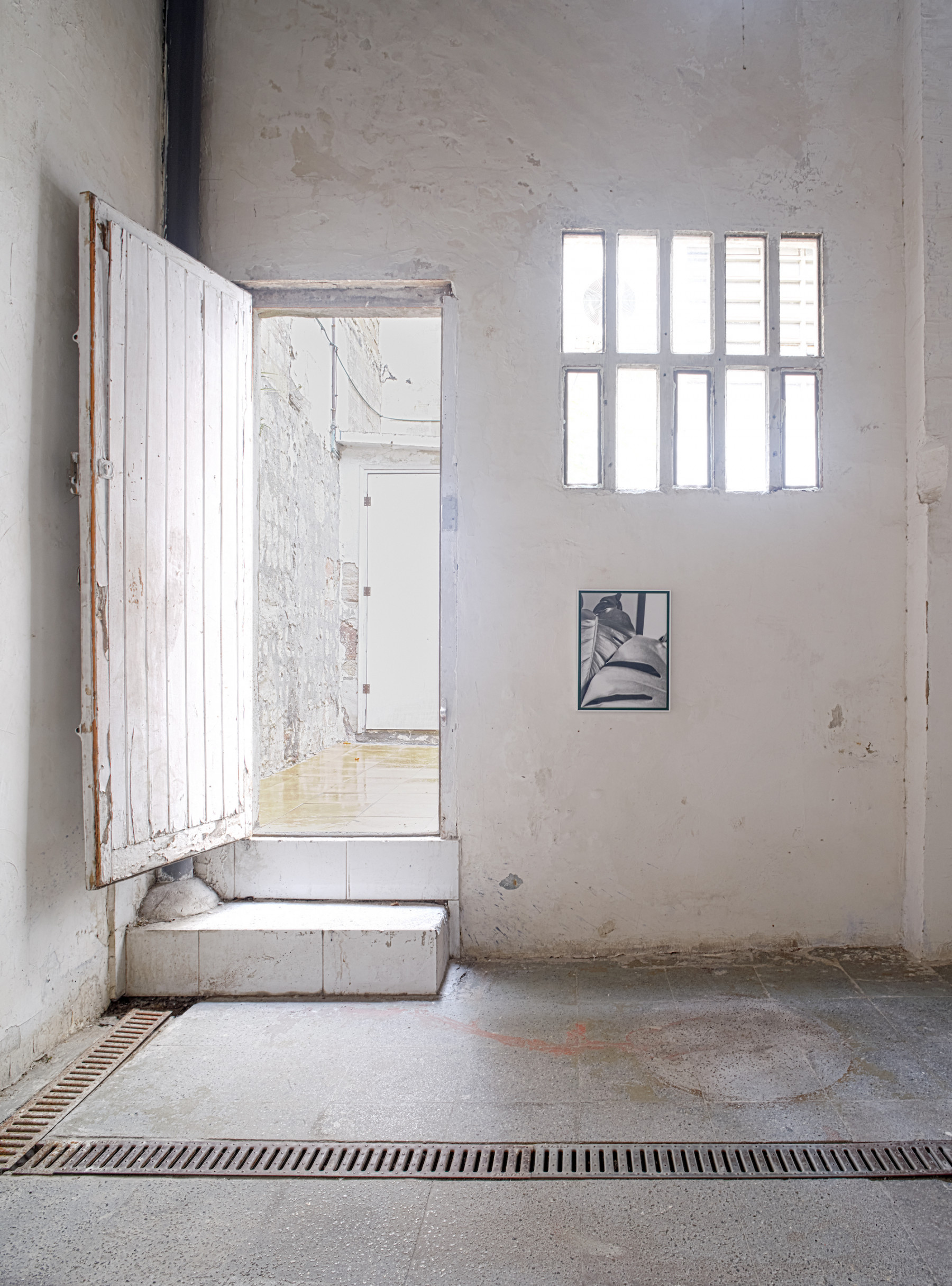
Ian Waelder, 1993 – (#05, both 2022. Installation view, Is it like today? ethall gallery, Barcelona. Photography: Juande Jarillo and Eva Carasol.
Is it like today?
Ian Waelder
01/07 - 03/09/2022
etHALL gallery
C. de Salvador, 24, 08902
L'Hospitalet de Llobregat
Barcelona, Spain